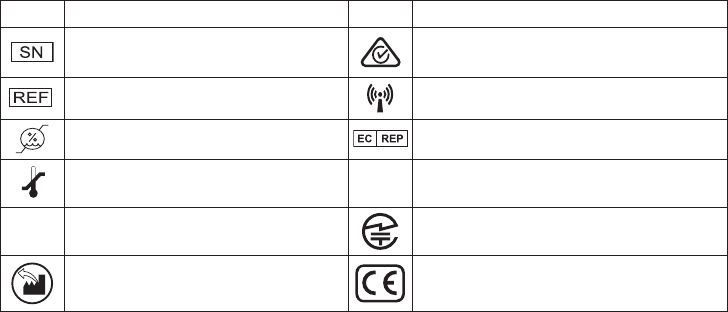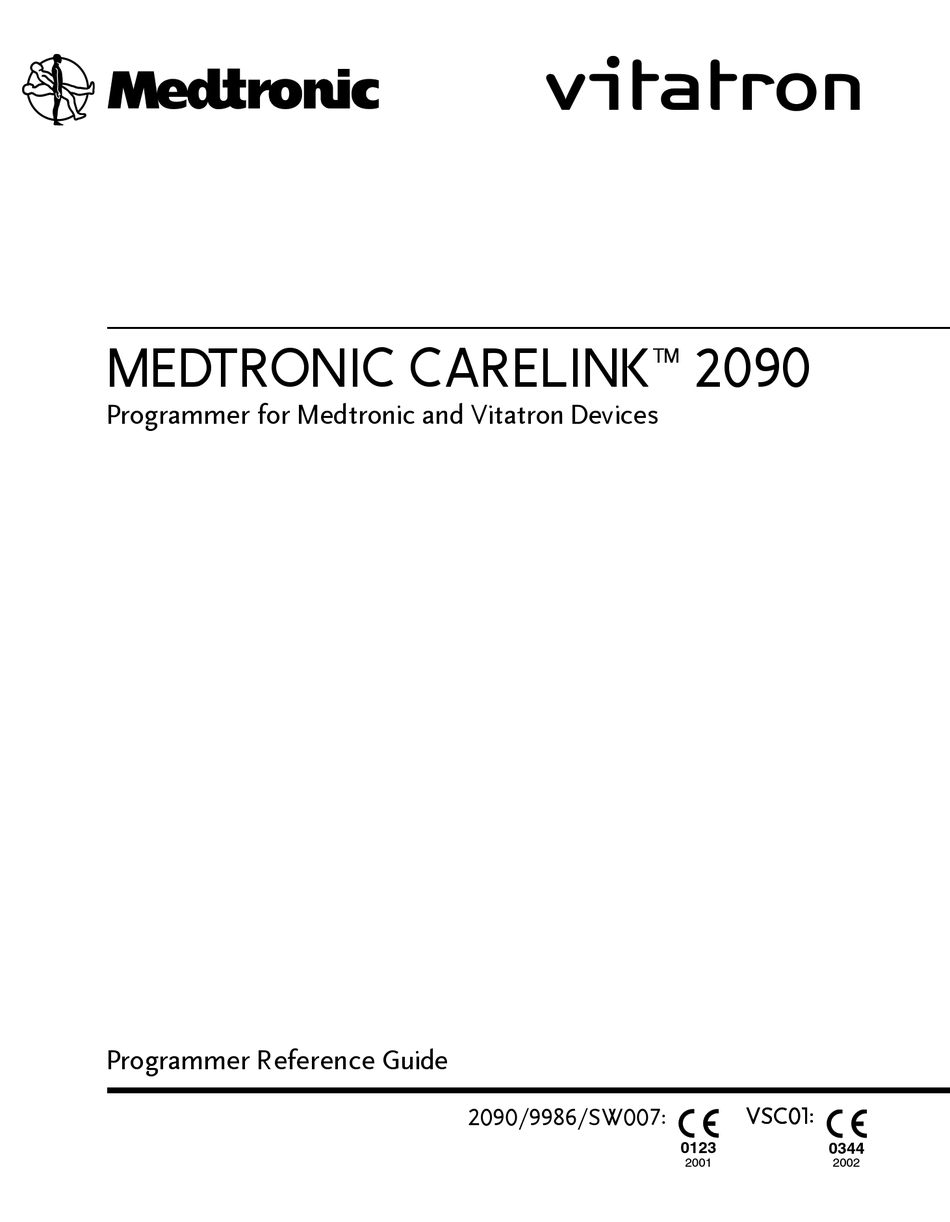


- #How to download a driver for carelink usb driver software code#
- #How to download a driver for carelink usb driver software Bluetooth#
- #How to download a driver for carelink usb driver software windows#
They were receptive to the original research done in an earlier commit of this document and funded the purchase of the code signing certificate so I could sign and publish the WinUSB driver described later and published in this repository. I made a resource request for that ammount and didn't expect such a quick response since I imagine the requests they receive vastly outweigh the funding they can provide. These cost as much as $225 and even at that price is only usable for one year.
#How to download a driver for carelink usb driver software windows#
I would also like to thank the Nightscout Foundation for their generosity in purchasing and providing me a Windows kernel code signing certificate. I would also like to specifically thank Ben West for his very thorough protocol analysis and James Matheson for giving me a CareLink USB stick to work with for this project. I would like to thank the OpenAPS, #WeAreNotWaiting, and Nightscout communities for their hard work over the past few years and their support and ideas over the past few months.
#How to download a driver for carelink usb driver software Bluetooth#
Unlike some devices which use Bluetooth or a USB port to upload data to a web site, in this case the CareLink treatment site, Medtronic uses a proprietary radio protocol and the CareLink USB stick, a similarly proprietary device. The insulin pump stores treatment data as well as sensor and meter calibration data on the device. Medtronic, which claims to be the most prescribed pump brand, is one such company that makes insulin pumps with integrated continuous glucose monitoring. To date, insulin pumps, continuous glucose monitors, and other medical devices lock data into proprietary formats, protocols, and web sites, limiting the user's ability to view and manipulate their data in more meaningful ways. Allowing users to control their data gives them more flexibility to treat themselves the way they see fit and gives parents a better window into their child's health. Many people who work on Nightscout are part of the #WeAreNotWaiting community. Each instance of Nightscout is customized to the patient and serves as a central point of data aggregation in the cloud. Nightscout is an effort by the open source community to make it easier to visualize diabetes treatment data in a way that lets any device or system contribute data while letting any other device or system retrieve data. Use the CareLink USB stick with WinUSB: CareLinkUSB-WinUSB-Control.Replacing the Jungo Driver with the WinUSB Driver.Carelink USB Stick and the WinUSB Driver.Send and Receive Data using WinDriver - CareLinkUSB-Jungo-Control.Library Proxying: CareLinkUSB-Jungo-Proxy.


 0 kommentar(er)
0 kommentar(er)
